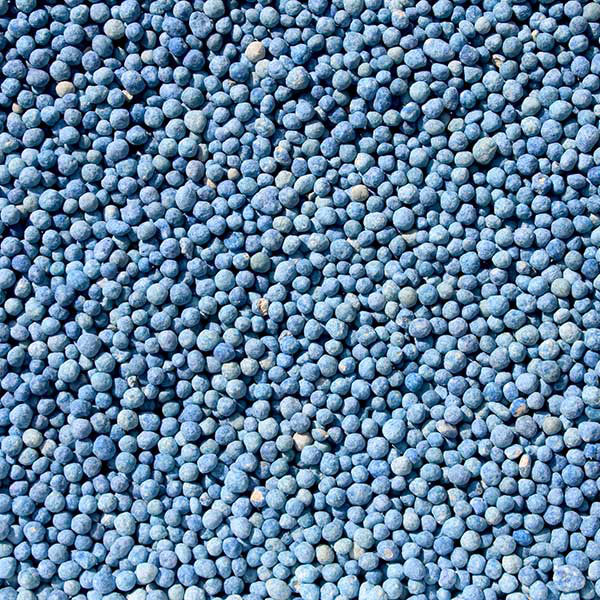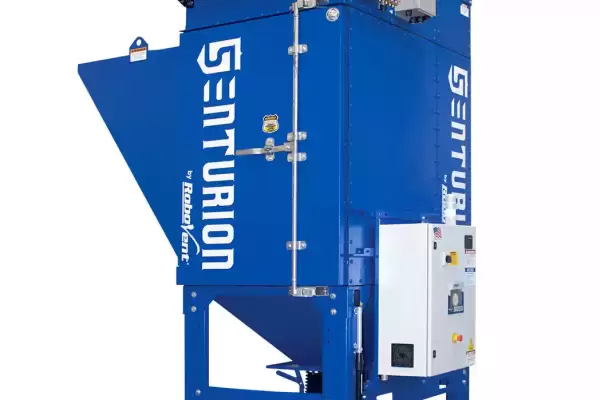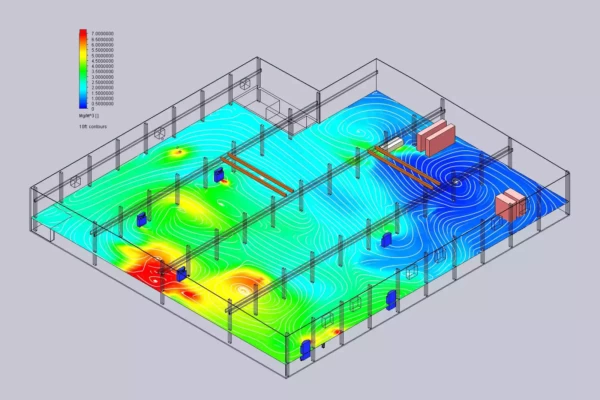 EXPOSURE RISKS FOR FERTILIZER DUST
EXPOSURE RISKS FOR FERTILIZER DUST
Beyond being highly explosive in dust form, fertilizers also create significant health-related problems when inhaled, ingested, or, in some cases, through contact with the skin. Many of the compounds used to make fertilizer are caustic and can cause rashes or chemical burns through exposure.
Recent test results reveal that many heavy-metal fertilizers (those that are often added directly to the soil) are fertilizers with an elevated content of hazardous metals such as cadmium, lead, and even arsenic.
Problems with exposure to these materials are too numerous to list, however, some of the health-related side effects of fertilizer dust are:
- Moderate to severe eye and skin irritation
- Burns to skin and mucus regions
- Nausea and vomiting
- Headache, nervousness, and uncontrolled muscle movements
- Chemical Pneumonitis
The volatile mix of chemicals that go into crops and onto farmlands has a tragic history, as well. At least 70 accidents have been linked to fertilizer dust combustion, specifically since 1921. These are no small accidents, either. In fact, the deadliest industrial accident in U.S. history was caused by fertilizer dust.
 REGULATIONS FOR FERTILIZER DUST
REGULATIONS FOR FERTILIZER DUST
Whether it’s in the fields or in a manufacturing facility, fertilizer dust is a serious concern. Any handling of fertilizer should be done with the utmost care, but if it is being warehoused, stored in bulk quantities or loaded into machinery then a properly designed dust-collection system needs to be installed. Mid- to large-sized farms, fertilizer manufacturing plants and even bulk retail sites run the risk of fertilizer dust exposure or explosion.
The serious risks both to personal health as well to facility safety that come with handling fertilizer have motivated the Occupational Safety and Health Administration (OSHA) to create an alliance with the fertilizer industry. This alliance, formed in early 2015, will increase federal attention on fertilizer-handling facilities.
OSHA has a three-step approach to preventing unintentional non-compliance: capture, contain and clean. Having the proper dust-collection system accomplishes each of the three C’s of dust safety. Not only does optimized collection equipment capture the dust, but—with the right filtration system—the unit can clean the air while containing the dangerous particulates.
MORE DUST TYPES
SOLUTIONS FOR FERTILIZER DUST
Due to the unique nature of the fertilizer industry, and the various environments where fertilizer dust can be present, a customized dust-collection system is the most effective solution. Dust collection is absolutely crucial to staying on top of the competition when handling or manufacturing fertilizers. The right dust collector will not only help businesses eliminate the risk of dust combustion, but the improvement to air quality will increase employee health and talent retention.
RoboVent offers a wide variety of dust collectors and engineering services to meet any challenge—from standard, proprietary systems like our Senturion units to a custom solution designed using our proprietary VentMapping software to specifically address your facility’s unique air-quality concerns. Each of RoboVent’s products has been designed to be easy to install and maintain.
Collection Systems for Fertilizer Dust Collectors
Clean Air Technology Services
CONTACT US
Contact one of our industrial dust experts to gain the advantage against dust-generating processes and applications.








